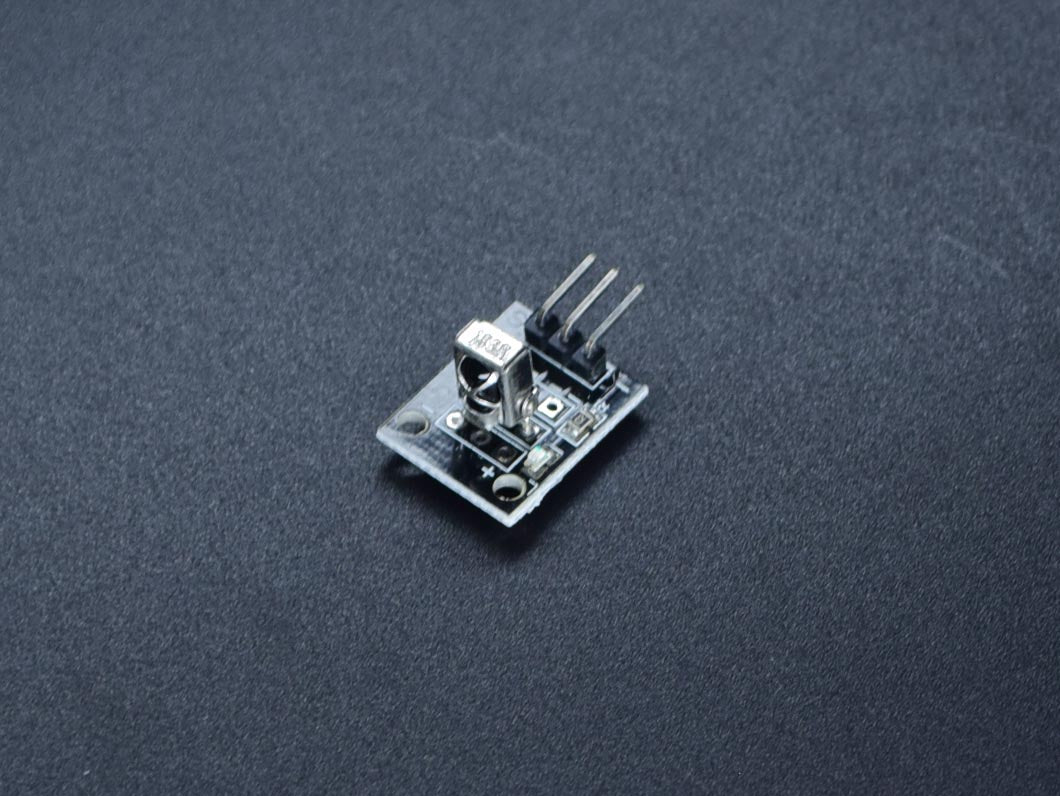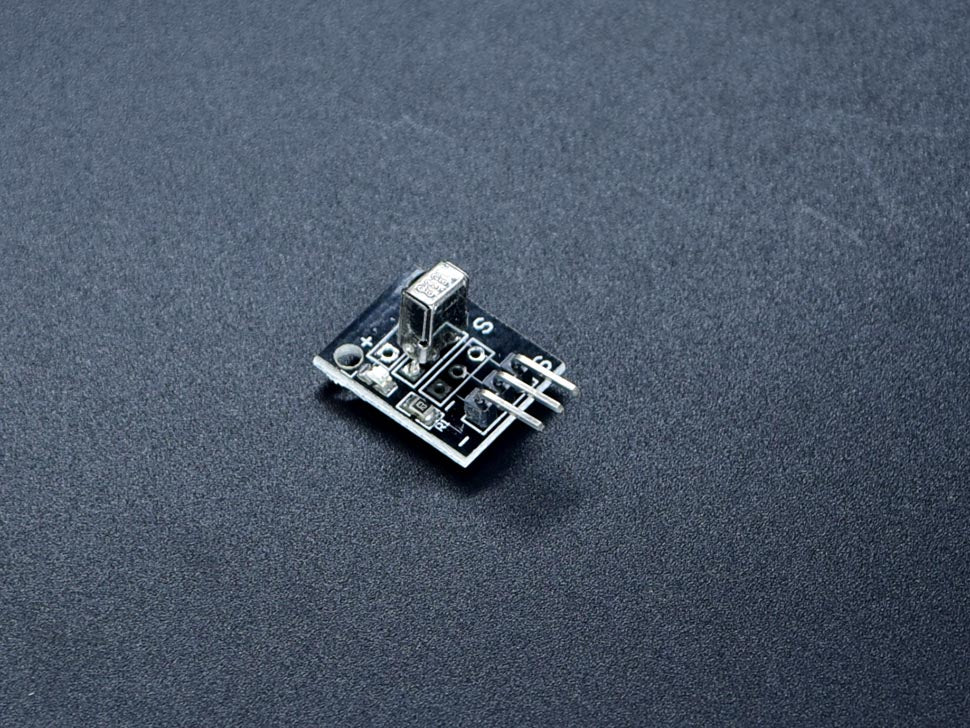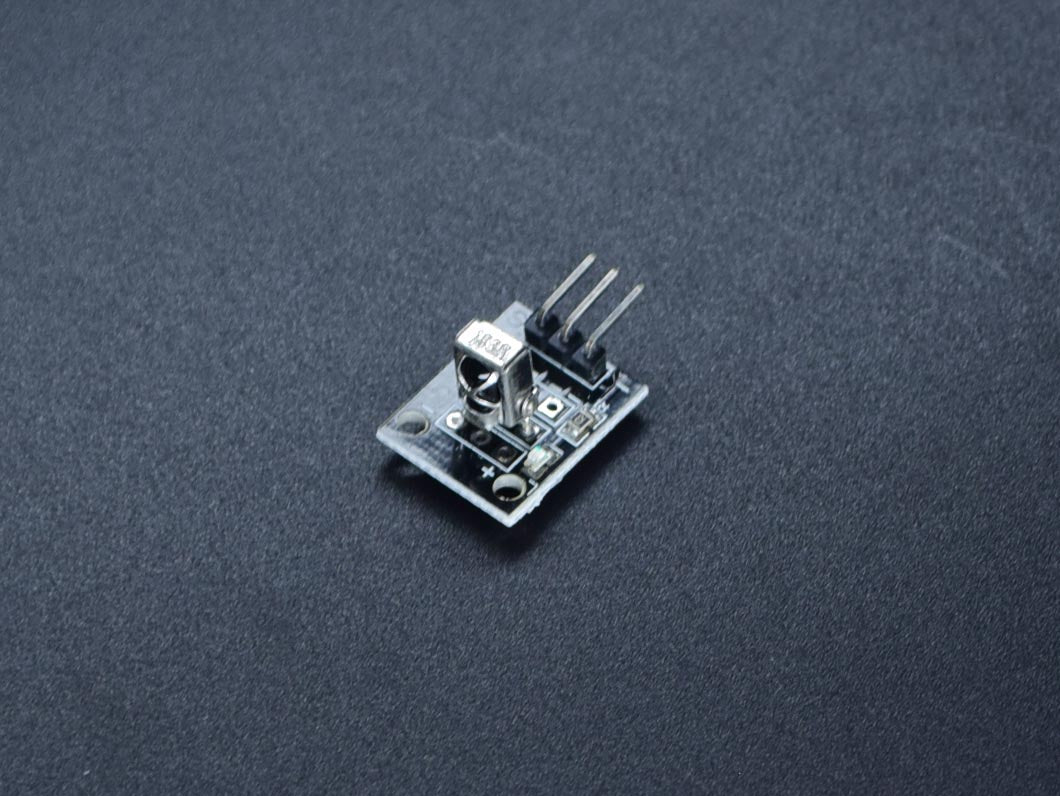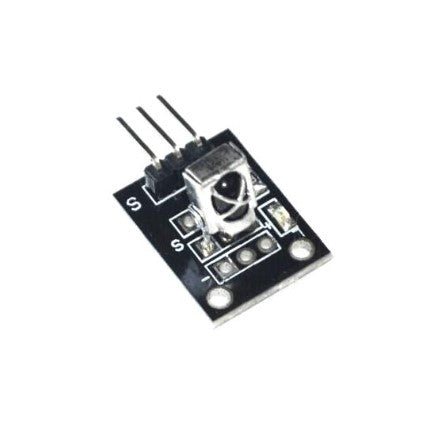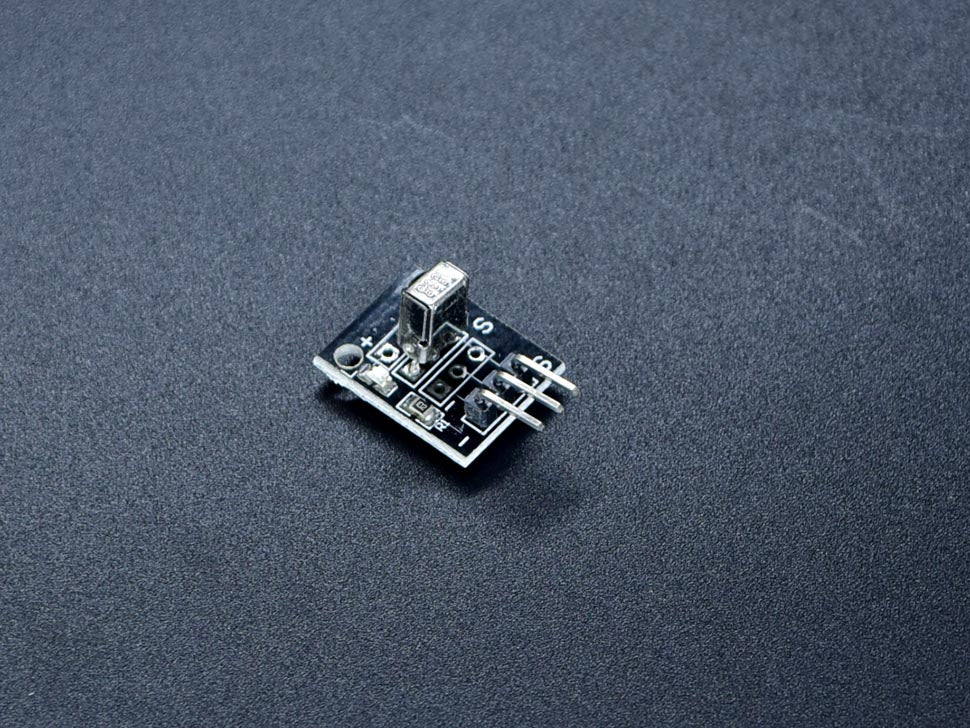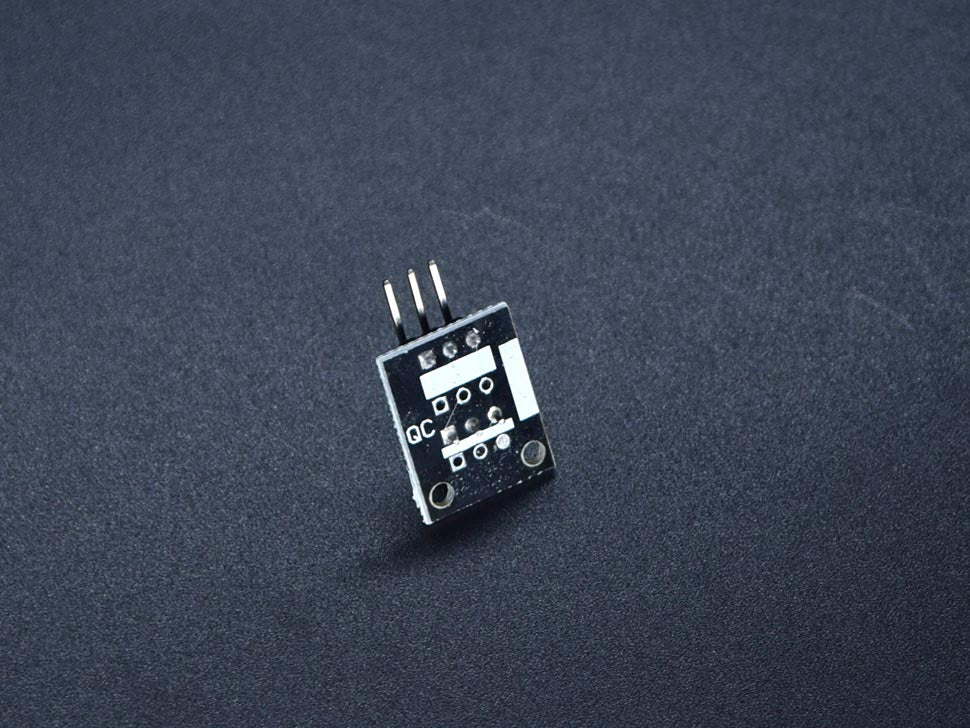An infrared receiver, or IR receiver, is hardware that sends information from an infrared remote control to another device by receiving and decoding signals. In general, the receiver outputs a code to uniquely identify the infrared signal that it receives. This code is then used in order to convert signals from the remote control into a format that can be understood by the other device. It is the part of a device that receives infrared commands from a remote control.
Circuitrocks offers many of the most common types categorized by supply voltage, carrier frequency, transmission distance, packaging type and supply current. The most common sizes for carrier frequency are 36kHz, 38kHz and 40kHz. Circuitrocks also offers infrared receivers with carrier frequency up to 56kHz. The transmission distance can range from 8m to 30m.
Infrared receivers are used in a variety of applications including Air Conditioners, Fans, Heaters, TVs, DVDs, Set-top boxes, Computers and peripherals, Industrial automation, Remote control toys, Communications Equipment, Photographic Equipment, business machines, Automotive electronics, lighting and other fields.
Benefits of Infrared Receivers
Infrared receivers, also known as IR sensors, have many benefits, including:
- Security: IR sensors can detect intruders and are used in security systems.
- Industrial: IR sensors can be used to monitor equipment temperature, detect leaks, and prevent fires and explosions in industrial settings.
- Medical: IR sensors can be used in medical procedures such as diagnosis, patient monitoring, and surgery.
- Energy efficiency: IR sensors consume minimal power and can operate for extended periods without draining power sources.
- Non-contact operation: IR sensors operate without making contact with the object being detected.
- Accuracy: IR sensors are highly accurate.
- Widely available: IR sensors are widely available and relatively inexpensive.
- Multifunctionality: IR sensors can be used for a variety of applications, including measuring body temperature, detecting the presence of an object, and thermal imaging.
IR sensors work by detecting infrared radiation and converting it into an electrical signal. The range of an IR sensor depends on its type and the specific application.
Conclusion
IR sensor modules are widely used in various electronic applications such as remote control, motion detection, proximity sensing, and more. They are commonly used in consumer electronics, robotics, and automation systems.
IR sensor modules come in various forms such as simple IR receiver modules and complex IR sensor modules with additional features such as signal processing and signal filtering. Some IR sensor modules also provide an output in a digital format that can be read by a microcontroller or microprocessor.
Infrared Receiver
Infrared Receiver
102 in stock
Product Code
SKU:AB434
Couldn't load pickup availability
